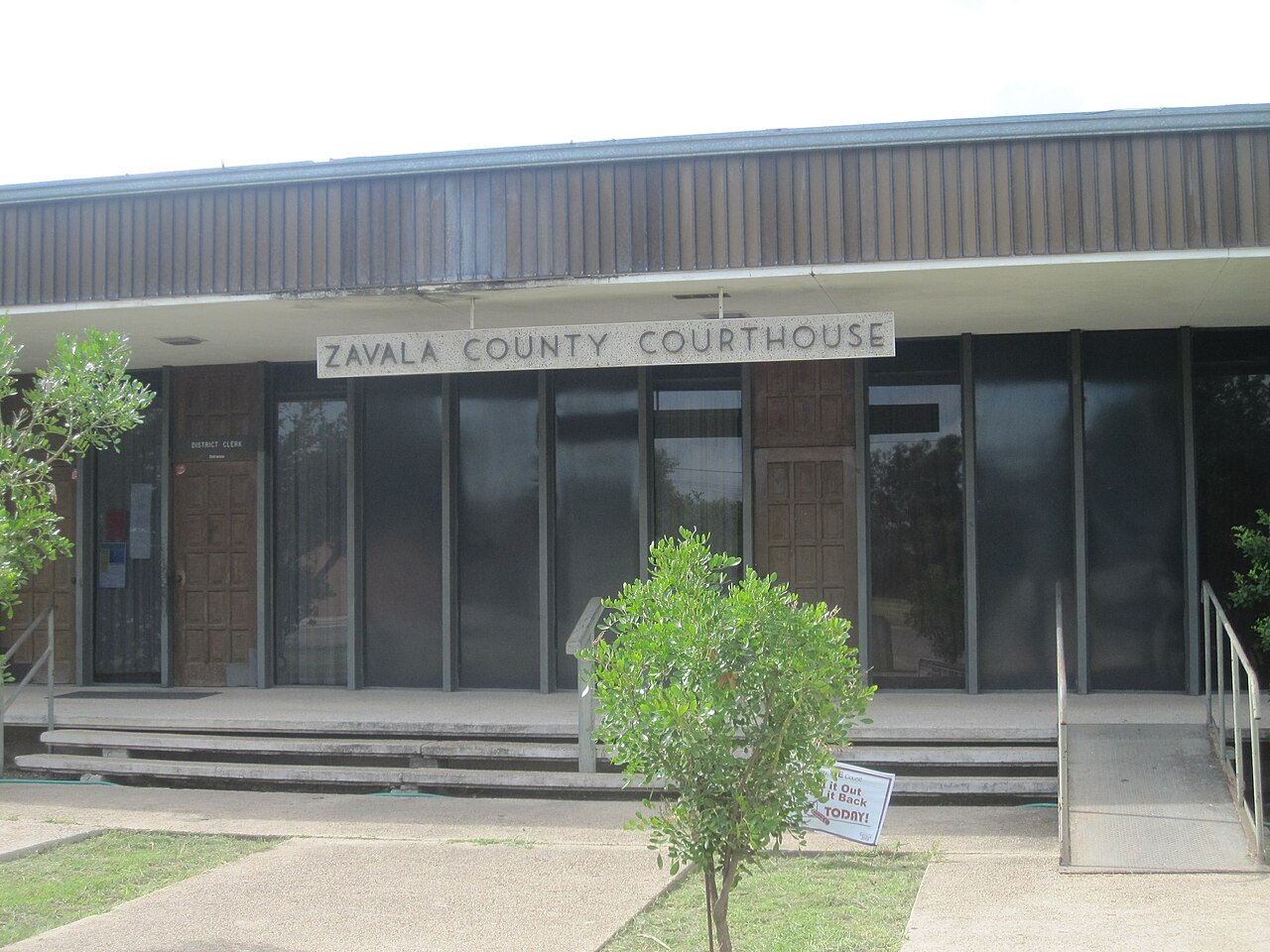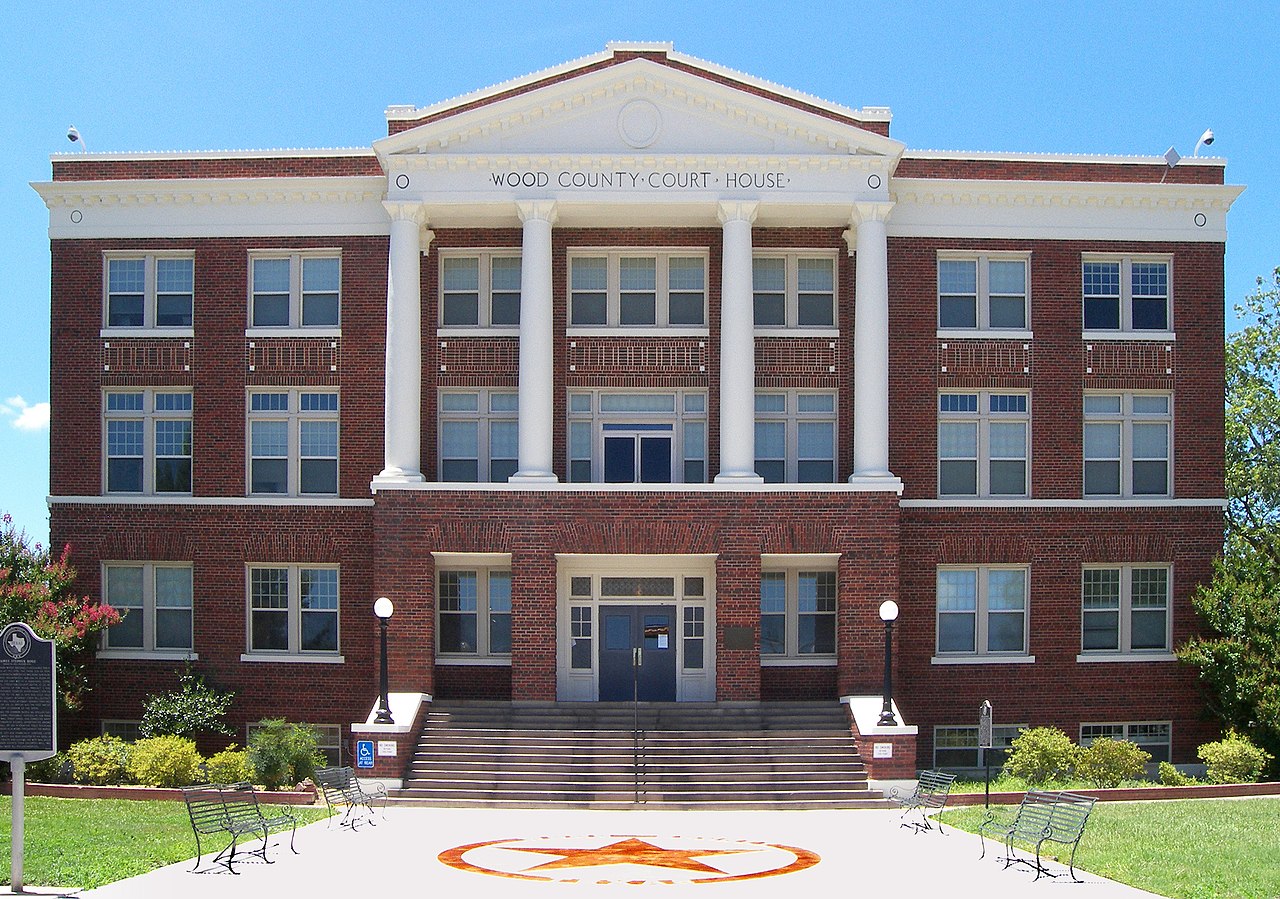Texas Writs of Garnishment to Collect Judgment Liens from San Patricio County, Texas
In San Patricio County, Texas, Busby & Associates is your trusted partner for all your judgment-related needs. Our experienced attorneys are skilled in defending, collecting, and enforcing judgments, with a primary focus on garnishing bank accounts and financial institutions. As knowledgeable consumer bankruptcy, family law, and divorce lawyers, we also provide dedicated support to both obligors and obligees involved in child support lien cases. Additionally, we possess the expertise to handle the domestication of foreign child support liens specific to San Patricio County, Texas. If you’re a judgment creditor struggling to receive payment, contact us today. We’ll work tirelessly to ensure the successful collection of your judgment, providing you with the support and guidance you need.
Texas Judgment liens in San Patricio County
A judgment lien, when properly fixed, acts as a lien on all nonexempt real property owned by the judgment debtor in San Patricio County. The establishment of a judgment lien entails the accurate recording and indexing of an abstract of judgment. It is a requirement to file the abstract of judgment in each county where the judgment lien is sought to be established. The validity of the lien continues for ten years from the date of recordation and indexing, unless the judgment becomes dormant. The judgment upon which the lien is based must be final and not interlocutory. However, even if the judgment is being appealed or a supersedeas bond has been filed, it is still possible to file an abstract of judgment based on the final judgment. Furthermore, if the judgment creditor has taken the necessary steps to obtain a lien before the judgment is appealed, the fact of appeal will not negate the effect of those steps in the event of affirmance. These rules apply specifically to judgments issued by Texas state trial courts and do not encompass the enforcement of judgments from other states and foreign jurisdictions. To enforce judgments from other states or foreign jurisdictions, it is necessary to first domesticate the judgment in Texas to create a lien, and subsequently, an abstract of judgment may be filed.
Texas Abstract of Judgment
In the state of Texas, individuals with the authority to prepare the abstract of judgment include the judge, justice of the peace, clerk of the court, or the designated representative of the judgment creditor, such as their agent, attorney, or assignee. It is important to note that the judgment creditor is not allowed to prepare their own abstract in small claims and justice courts. Furthermore, abstracts of federal court judgments require the certificate provided by the clerk of the court. To abstract your judgment lien in San Patricio County, Texas, you can visit the County Clerk’s office situated at 400 W Sinton St #210, Sinton, Texas 78387.
Contents
In order to satisfy the requirements of a Texas abstract of judgment, specific information must be presented. This information includes the names of the plaintiff and defendant, the defendant’s birthdate (if known to the clerk of justice), the last three digits of the defendant’s driver’s license (if available), the last three digits of the defendant’s social security number (if obtainable), the suit number in which the judgment was rendered, the defendant’s address or, if not indicated in the suit, the nature of citation and the date and place of citation service, the date of judgment, the amount for which the judgment was rendered and the outstanding balance, any child support arrearage, the interest rate specified in the judgment, and the mailing address for each plaintiff or judgment creditor. It is important to note that the inclusion of the mailing address is essential to avoid the imposition of a penalty filing fee. Additionally, the abstract of judgment must be verified by the creditor’s attorney, and unsworn declarations may not be utilized.
Recordation of Judgment Liens Abstract
San Patricio County becomes the designated jurisdiction for recording the abstract of judgment when the debtor has real property there. The abstract is delivered to the San Patricio County clerk, who proceeds to record it meticulously in the county’s real property records, making careful note of the recordation date and time. Moreover, the clerk is required to include the abstract in the alphabetical index to the real property records, providing a comprehensive listing of the names of each plaintiff and defendant in the judgment and the corresponding page number where the abstract is officially recorded.
Abstracts of Domesticated Judgment Liens.
The Uniform Enforcement of Foreign Judgments Act and the Uniform Foreign-Country Money Judgments Recognition Act ensure that foreign judgments can be enforced in Texas to the same extent as judgments filed in the originating court. The foreign judgment holder must adhere to the lien requirements when seeking to domesticate the judgment.
Property To Which Lien Attaches Non-Exempt Real Property
San Patricio County is the specific location where the judgment lien takes effect, attaching to all nonexempt real property owned by the defendant and recorded in the county.
Keeping the Judgment and Judgment Lien Alive
1. Non-governmental Judgments
To maintain the judgment lien’s validity, it is required for the lien to be recorded and indexed in the abstract for a period of 10 years. However, if the judgment becomes dormant, the lien ceases to be enforceable. Therefore, it is vital to (1) actively keep the judgment alive and (2) obtain and record a new abstract of judgment to preserve the lien. A judgment becomes dormant if a writ of execution is not issued within 10 years from its rendition, but it can be revived through scire facias or by initiating an action of debt within two years of dormancy.
2. State or State Agency Judgments.
The enforceability of state or state agency judgments remains in force and does not diminish. A valid abstract of judgment establishes a lien that holds for 20 years from the filing date, and the lien’s duration can be extended for another 20 years by filing a renewed abstract of judgment, ensuring its continued enforceability.
3. Political Subdivisions.
Dormancy statutes can render judgments of political subdivisions inactive, but the revival statute (Civ. Prac. & Rem. Code § 31.006) preserves the right of the political subdivision to revive the judgment without being restricted by the statute of limitations. Therefore, judgments of political subdivisions can be revived at any time, extending beyond the two-year dormancy period.
4. Child Support Judgments.
- 34.001 Subsection (c) of the Civ. Prac. & Rem. Code provides an exemption to the dormancy statute for judgments related to child support, encompassing all such judgments whether they were recently rendered or issued in the past.
Property Subject to and Exempt from Execution.
1. Property Subject to Execution.
The execution possesses the right to levy the judgment debtor’s property, unless it is exempted by constitutional provisions, statutes, or any other rule of law. Typically, the following types of property are not exempted: a. Cash held in hand or in checking or savings accounts; b. Pleasure boats, including their motors and trailers; c. Collections of items like stamps, coins, etc.; d. Stocks, bonds, notes, and other investment assets; e. f. Airplanes. Corporations do not possess any property that is exempt from execution.
2. Property Exempt from Execution.
The following property categories are exempt from execution, whether owned by a family or a single adult: a) The homestead b) Personal property falling under specified statutory categories, with a cumulative fair market value not exceeding $100,000.00 for families or $50,000.00 for single adults without family affiliation c) Current wages earned from personal service (excluding child support) and unpaid commissions, limited to twenty-five percent (25%) of the $50/$100,000 aggregate limitations d) Professionally prescribed health aids e) Worker’s compensation payments f) Cemetery lots held for sepulcher purposes g) Property that the judgment debtor sold, mortgaged, or conveyed in trust, if the purchaser, mortgagee, or trustee identifies other property sufficient to satisfy the execution h) Assets held by the trustee of a spendthrift trust for the benefit of the judgment debtor i) Certain insurance benefits j) Specific savings plans, including retirement benefits and health savings plans k) College Savings Plans l) Artwork consigned under specific circumstances.
WRITS OF GARNISHMENT.
By means of the post-judgment garnishment process, a judgment creditor can delve into the relationship between a third party and the judgment debtor, aiming to determine whether there are any outstanding funds or property owed to the debtor. If any such debts are found, the creditor (garnishor) can secure a garnishment judgment, instructing the third party (garnishee) to transfer payments to the garnishor in lieu of the judgment debtor.
Requirements to Issue
The option of garnishment arises exclusively after a judgment is obtained, subject to the fulfillment of certain conditions. Firstly, the creditor must possess a valid and subsisting judgment against the debtor, with the judgment being deemed final and subsisting from the date of rendition. Secondly, the debtor must not have filed an approved supersedeas bond to suspend execution on the judgment. Lastly, the creditor must swear, based on their knowledge, that the judgment debtor does not have in their possession in Texas enough property subject to execution to satisfy the judgment.
Procedure for Securing Issuance Jurisdiction and parties
Keep in mind that a post-judgment garnishment action constitutes a separate legal action apart from the main case it aims to enforce. The third-party garnishee should be identified as the defendant, underscoring their role in this ancillary lawsuit. File the application for post-judgment garnishment in the same court that rendered the judgment, utilizing a different cause number.
Service of the writ of garnishment/notice to judgment debtor.
The garnishment process is initiated by serving the garnishee with the writ of garnishment, while the judgment defendant, though not a necessary party, must be served with a copy of the writ of garnishment, the application, accompanying affidavits, and court orders as soon as practically feasible after the garnishee has been served. Moreover, it is crucial that the copy of the writ served to the defendant includes its contents in 12-point type and is presented in a manner intended to inform a reasonably attentive person. Failure to provide proper notice to the judgment debtor regarding the garnishment renders any judgment, except for one dissolving the writ, invalid and void.
Banks as Garnishees for Writs of Garnishment
The delivery of garnishment writs served on garnishee banks necessitates their delivery to the address designated as the registered agent of the financial institution in its registration statement filed with the Secretary of State in accordance with either Section 201.102 or 201.103 of the Finance Code. Out-of-state financial institutions must comply with the state’s laws governing foreign corporations conducting business in the state, including designating an agent for process under Section 201.102 when applying for registration with the Secretary of State. Conversely, Texas financial institutions have the option to file a statement with the Secretary of State appointing an agent for process under Section 201.103.
Officer’s Return.
Tex. R. Civ. P. 663 specifies that the officer executing a writ of garnishment must file a return that adheres to the citation regulations. It is prudent for the judgment creditor to thoroughly review the return before obtaining a garnishment judgment, particularly if it is a default judgment. Returns in garnishment proceedings must conform to the same rules as other citations. Courts have held returns fatally defective if they fail to indicate the method and place of service on a corporate garnishee.
Forms for the form and Practical Procedure
When a bank account or other debt owed by the judgment debtor that is subject to garnishment is located and considered cost-effective, complete the process by filing an Application for Garnishment along with a supporting affidavit, signed by the attorney representing the judgment creditor. Ensure that the affidavit includes the necessary information for the application, such as details of the original lawsuit and judgment, any credits applied to the judgment, the proper garnishee name, designated officers for service, service address, and, if applicable, account names and numbers.
Collecting your judgment in Texas is made easier with the assistance of Busby and Associates. Their contingency-based services ensure you don’t have to worry about upfront costs. Judgments from other states involving a Texas-based judgment debtor are carefully reviewed on a case-by-case basis, sometimes involving a retainer. Additionally, in San Patricio County, they can help you garnish a bank account or financial institution, increasing the likelihood of recovering the owed amount.














